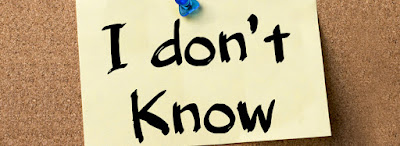 |
| Kristin Peck, CEO of Zoetis Source: Fortune.com |
Fortune writer Chris Taylor has written a
thought-provoking and informative column titled, "Empathy is the go-to leadership skill of the moment—and yes, it can be learned." Taylor begins by profiling Kristin Peck, CEO of Zoetis (a Fortune 500 pet health company). Peck used empathy effectively during the early portion of the pandemic and has acheived very high levels of employee engagement as a result. Taylor goes on to outline more generally the benefits of leading with empathy:
The positive results of an empathic approach are undeniable: In a 2021 Empathy in Business survey by consulting giant EY, 89% say empathy leads to better leadership, 85% say it boosts productivity, and 87% say it increases levels of trust among employees and leaders.
The issue appears especially important to younger employees. According to the 2021 State of Workplace Empathy survey from benefits administration firm Businessolver, 90% of Gen Z respondents say they are more likely to stay with an empathic employer.
On the other hand, Taylor describes some unsettling data regarding empathetic leadership. As it turns out, leaders worry about how they may be perceived if they demonstrate empathy. Moreover, employees often view leaders' attempts to be empathetic as inauthentic... perhaps even as a charade. Fortunately, Peck avoided these pitfalls.
On the one hand you have leaders, who may not be comfortable expressing vulnerability because of how they might be perceived. In the Businessolver survey, 68% of CEOs said they feared they would be less respected if they show empathy—a shocking 31-point rise from the previous year.
On the other hand you have employees, who are often skeptical that the company is interested in their welfare, and don’t feel that they are truly in a safe space to discuss or reveal such issues. In fact in the EY survey, 46% of employees said they thought their companies’ efforts at promoting empathy were dishonest.
Leaders at all levels should consider this final point very seriously. Nearly 1/2 of the respondents in that EY survey were highly skeptical of leaders' efforts to demonstrate empathy. Think carefully, then, about how to genuinely try to stand in your employees' shoes, understand their needs and pain points, and perceive the workplace as they do. Be ready to back up your words with actions. Be consistent in your behavior. Don't just feel their pain; do something about it. Remember that listening without action may be perceived as just an empty gesture. Employees may wonder if you were really listening at all.



